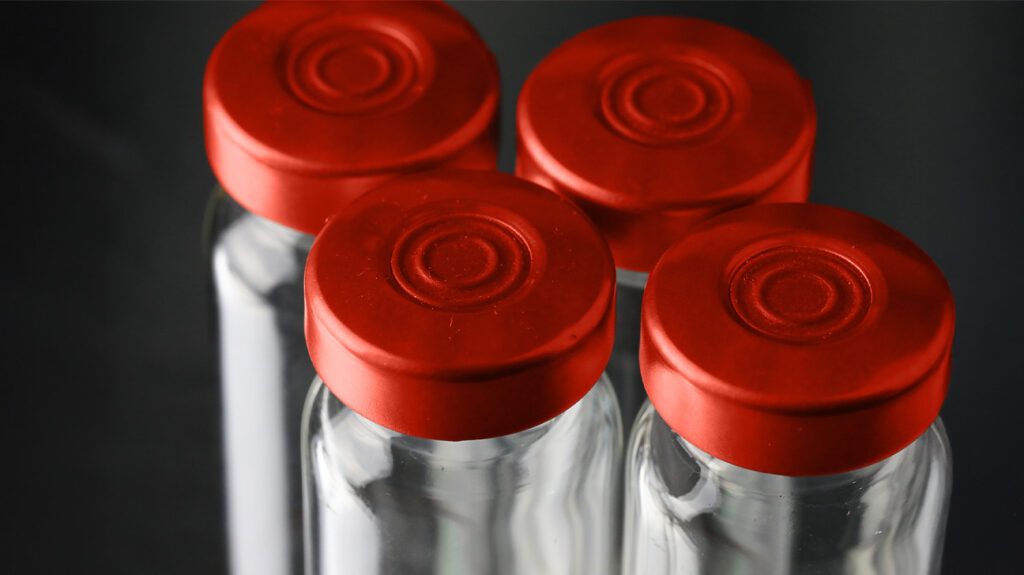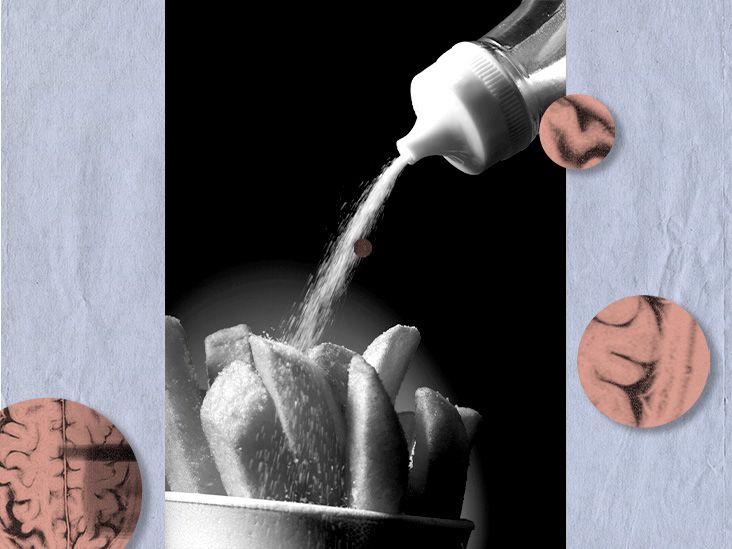Insulin is a hormone that allows glucose in the blood to enter cells, providing them with the energy to function. A lack of adequate insulin plays a key role in the development of diabetes.
Hormones are chemical messengers that instruct specific cells or tissues to act to support a particular function in the body. They are essential for staying alive.

Insulin is a chemical messenger that
The pancreas is an organ behind the stomach that is the primary source of insulin in the body. Clusters of cells called islets in the pancreas produce the hormone and determine the amount based on blood sugar levels.
The higher the glucose, the more insulin goes into production to balance sugar levels in the blood.
Insulin also assists in breaking down fats or proteins for energy.
A delicate balance of insulin regulates blood sugar and many body processes. Excessively high or low blood sugar can cause symptoms. If low or high blood sugar continues, serious health problems might develop.
Learn all about diabetes and how it develops.
In some people, the immune system attacks the islets, and they cease to produce insulin or do not produce enough. When this occurs, glucose stays in the blood, and cells cannot absorb it to convert the sugars into energy.
This is the onset of type 1 diabetes, and a person with this version of diabetes will need regular amounts of insulin to survive.
In some people, especially those who have overweight or obesity, or are inactive, insulin is not practical in transporting glucose into the cells and is unable to fulfill its actions. The inability of insulin to exert its effect on tissues is insulin resistance.
Type 2 diabetes will develop when the islets cannot produce enough insulin to overcome insulin resistance.
Since the early 20th century, doctors have been able to isolate insulin and provide it in an injectable form to supplement the hormone for people who cannot produce it themselves or have increased insulin resistance.
Learn about the discovery of insulin.
Different types of insulin are taken based on how long the effects of the supplementary hormone need to last.
People categorize these types based on several different factors:
- speed of onset, or how quickly a person taking insulin can expect the effects to start
- peak, or the speed at which the insulin reaches its most significant effect
- duration, or the time it takes for the insulin to wear off
- concentration, which in the United States is 100 units per milliliter (U100)
- the delivery route, or whether the insulin requires injection under the skin, into a vein, or the lungs by inhalation
People often deliver insulin into the subcutaneous or fatty tissue near the skin’s surface.
Three main groups of insulin are available.
Fast-acting insulin
The body quickly absorbs this type into the bloodstream from the subcutaneous tissue.
People use fast-acting insulin to correct hyperglycemia (high blood sugar) and to manage blood sugar spikes after eating.
This type includes:
- Rapid-acting insulin analogs: These take between 10 and 20 minutes to have an effect. However, the size of the dose affects the duration. Assuming that rapid-acting insulin analogs last for 5 hours is a safe general rule. Examples include Aspart (Novolog) and Lispro (Humalog).
- Regular human insulin: The onset of regular human insulin is around 30 minutes and an hour, and its effects on blood sugar last around 8 hours. A larger dose speeds up the onset but also delays the peak effect of regular human insulin. Examples include Humulin R and Novolin R.
Intermediate-acting insulin
This type enters the bloodstream slower but has a longer-lasting effect. It is most effective at managing blood sugar overnight and between meals.
Options for intermediate-acting insulin include:
- NPH human insulin: This takes between
1 and 3 hoursTrusted Source to onset and reaches its peak within 6 to 10 hours. It can last over 12 hours in some cases. A very small dose will bring forward the peak effect, and a high dose will increase the time NPH takes to reach its peak and the overall duration of its effect. Examples include Humulin N and Novolin N. - Premixed insulin: This is a mixture of NPH with fast-acting insulin, and its effects are a combination of the intermediate- and rapid-acting insulins. The mixtures can be in various combinations from 50:50 to 75:25 or 70:30. One example is Novolog 70/30.
Long-acting insulin
While long-acting insulin is slow to reach the bloodstream and has a relatively low peak, it stabilizes the “plateau” effect on blood sugar that can last most of the day. Glargine or Lantus is an example.
It is helpful overnight, between meals, and during fasts.
The only available type is long-acting insulin analogs, which have an onset between 30 minutes and 4 hours. While different brands have different durations, they range between 16 and 24 hours.
Learn more about diabetes treatments.
What does insulin do to the body?
Insulin moves glucose from the bloodstream into cells to produce energy. Insulin also assists in breaking down fats or proteins for energy.
Which foods can boost natural insulin?
Foods such as nonstarchy vegetables, whole grains, and healthy fats can help stabilize insulin and blood sugar levels.
How can a person increase their insulin sensitivity?
For those with type 2 diabetes, managing and losing weight may help increase insulin sensitivity.
Insulin is a vital hormone that controls how cells and tissues absorb energy and break down fats and proteins.
Clusters of cells in the pancreas called islets secrete this hormone. When cells in the body respond less to its instructions, insulin resistance increases.
In some people, the immune system attacks the islets, halting insulin production and leading to type 1 diabetes. Type 2 diabetes occurs when insulin resistance coexists with a lack of compensatory increase in insulin production.
People can take insulin injections to counteract the effects of insulin resistance. Depending on how quickly they need to lower blood sugar and how long they need to manage it, there are fast-, intermediate-, and long-acting insulins.
Q:
Does every person with diabetes need to take insulin?
A:
No. Insulin is mandatory for people with type 1 diabetes, but many people with type 2 diabetes can manage blood sugar levels with diet, exercise, and oral medications.
Some individuals with type 2 diabetes may also need insulin for control.
Maria Prelipcean, MDAnswers represent the opinions of our medical experts. All content is strictly informational and should not be considered medical advice.

